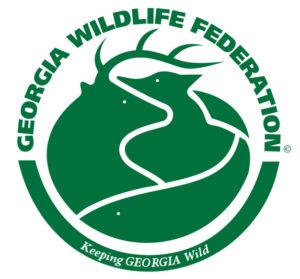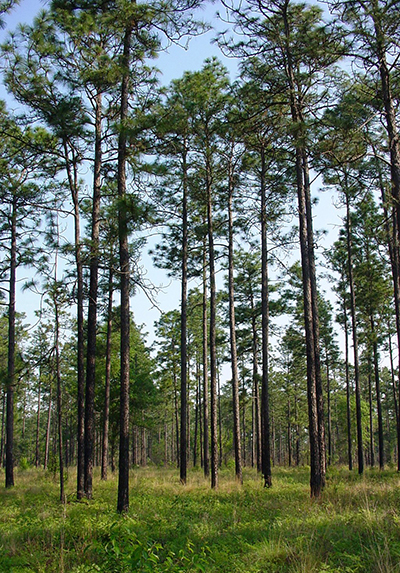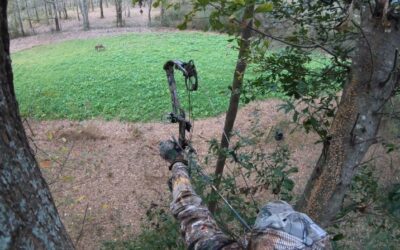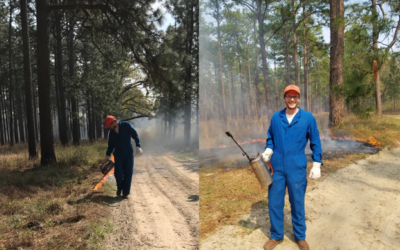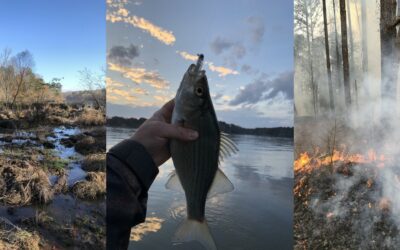Private Lands Stewardship Program
Private Lands Stewardship Program
Private Lands Wildlife Habitat Technical Assistance
Georgia Wildlife Federation’s wildlife biologists led by Dr. JT Pynne are available for AT-NO-COST forestry and wildlife habitat management assistance to Georgia landowners. Our team will perform One-on-One property visits with landowners to assess conditions and objectives, natural history and then provide management recommendations for:
- Establishment of new forest stands
- Prescribed fire planning
- Identification of plant species valuable for wildlife and methods for promotion
- Identification of problematic invasive species and methods for control
- General silvicultural suggestions for stand enhancement that will enhance wildlife habitat quality
Additionally, given the range-wide ecological importance of longleaf pine restoration, this program emphasizes establishing, managing, and maintaining longleaf pine where applicable. This effort expresses the importance of wildlife habitat that occurs within longleaf pine systems
For more information on enhancing wildlife habitat on your property or establishing and managing longleaf pine, contact info@gwf.org. To schedule a property visit, please complete the survey at the bottom of the page. For a Remote Wildlife Habitat Consultation, click the Remote Consultation button below and fill out the surveys so our biologists can write a plan using the information you provide and GIS.
Know your land and understand the wildlife. See what the GWF Private Lands Program can do for you below.
Please fill out the form below for more information or to register for a property visit.
Getting Your Private Lands Ready for White-Tailed Deer Bow Season
Bow season for white-tail deer in Georgia is just getting started. Whether you are a beginner or a seasoned hunter, bowhunting can be an extremely fun and rewarding experience.
read moreDr. JT Pynne Joins GWF to Aid Georgia Private Landowners
GWF recently hired a new Private Lands Biologist who is available to provide free land management assistance to landowners in Georgia.
read moreHunting, Fishing, and Habitat: Late Winter and Early Spring
“A brief discussion of some key opportunities to increase year-round wildlife habitat quality and maximize outdoor opportunities between deer season and turkey season.” By Evan Wheeler, GWF Private Lands Biologist 11 February 2021 White-tailed deer season has to come...
read more